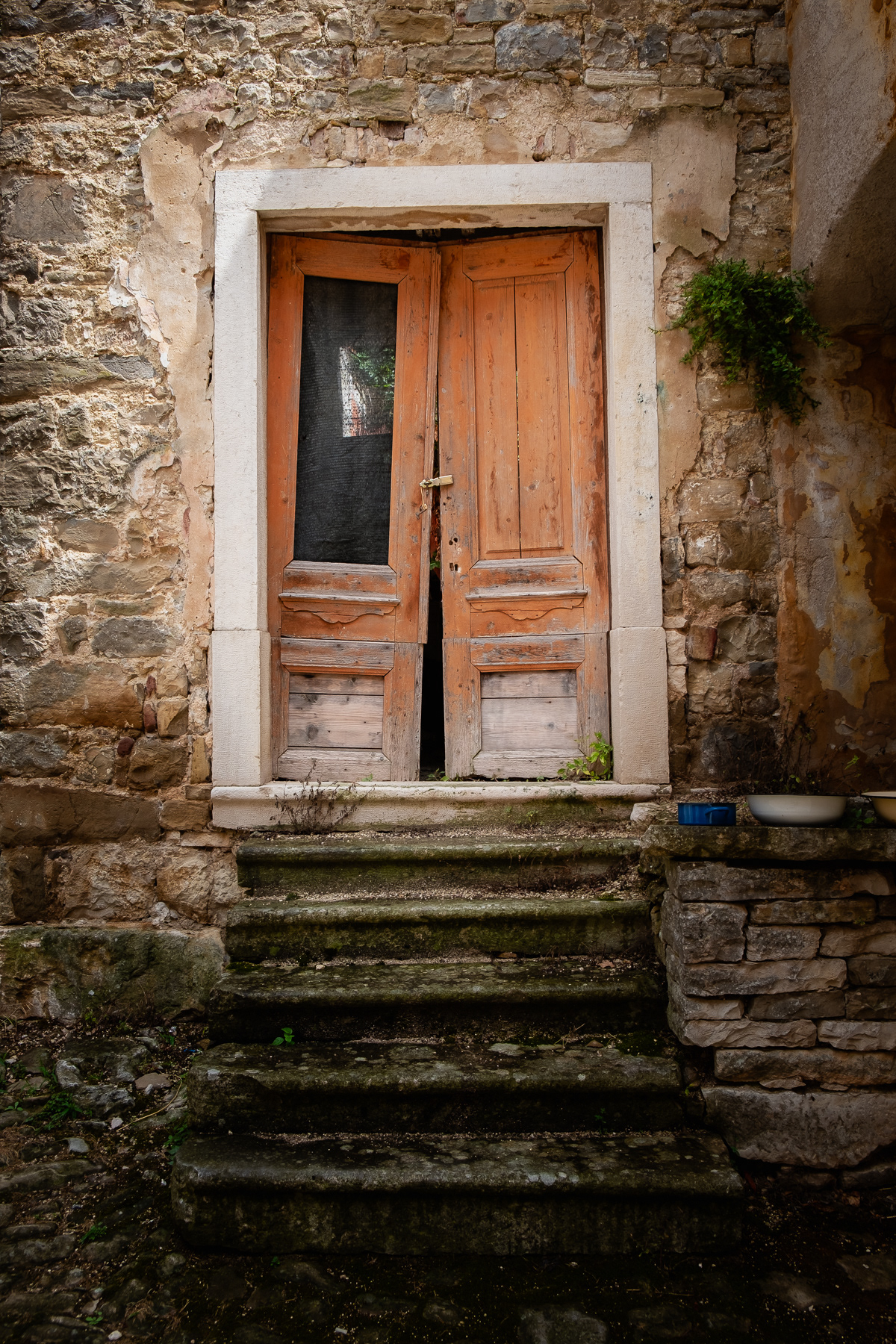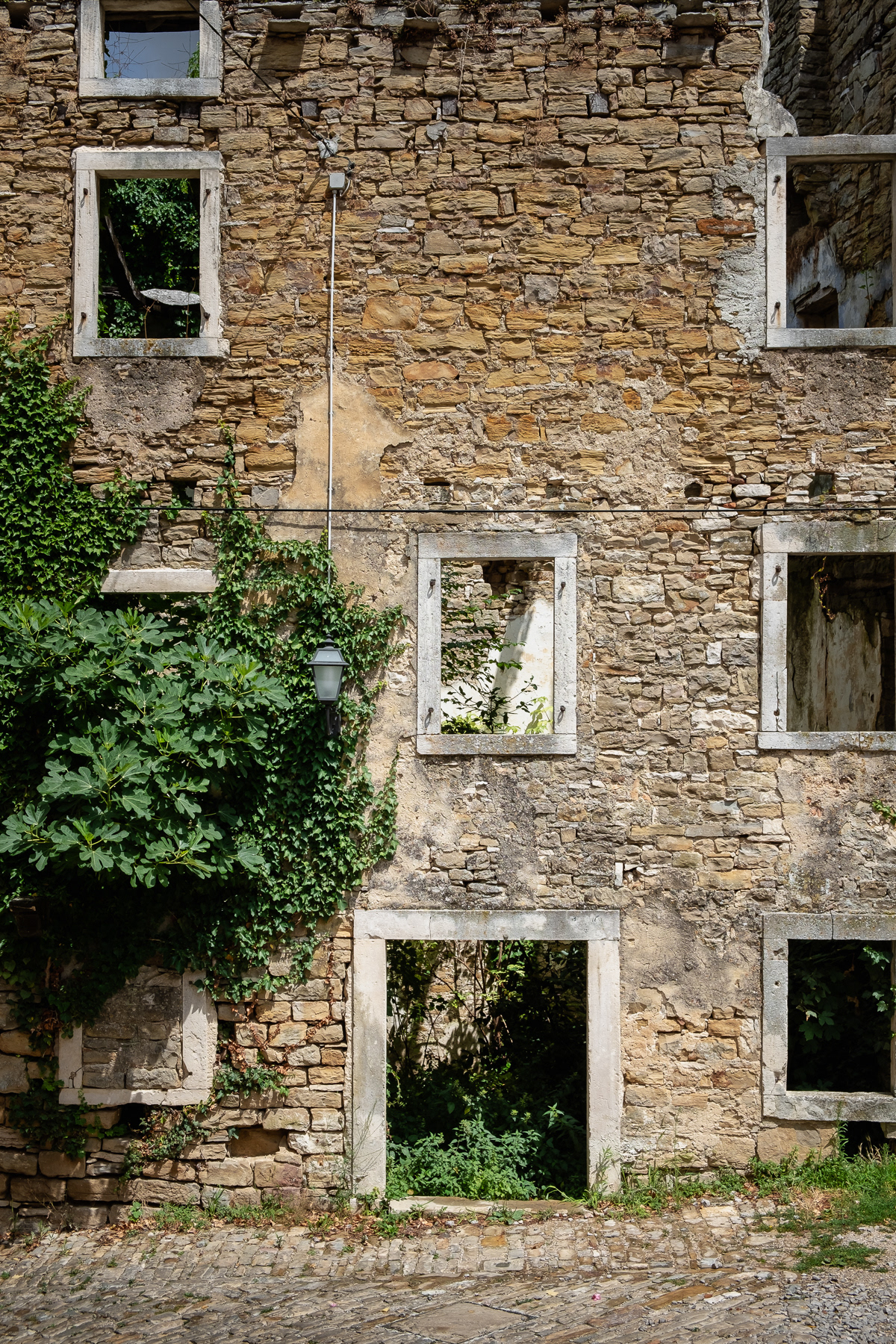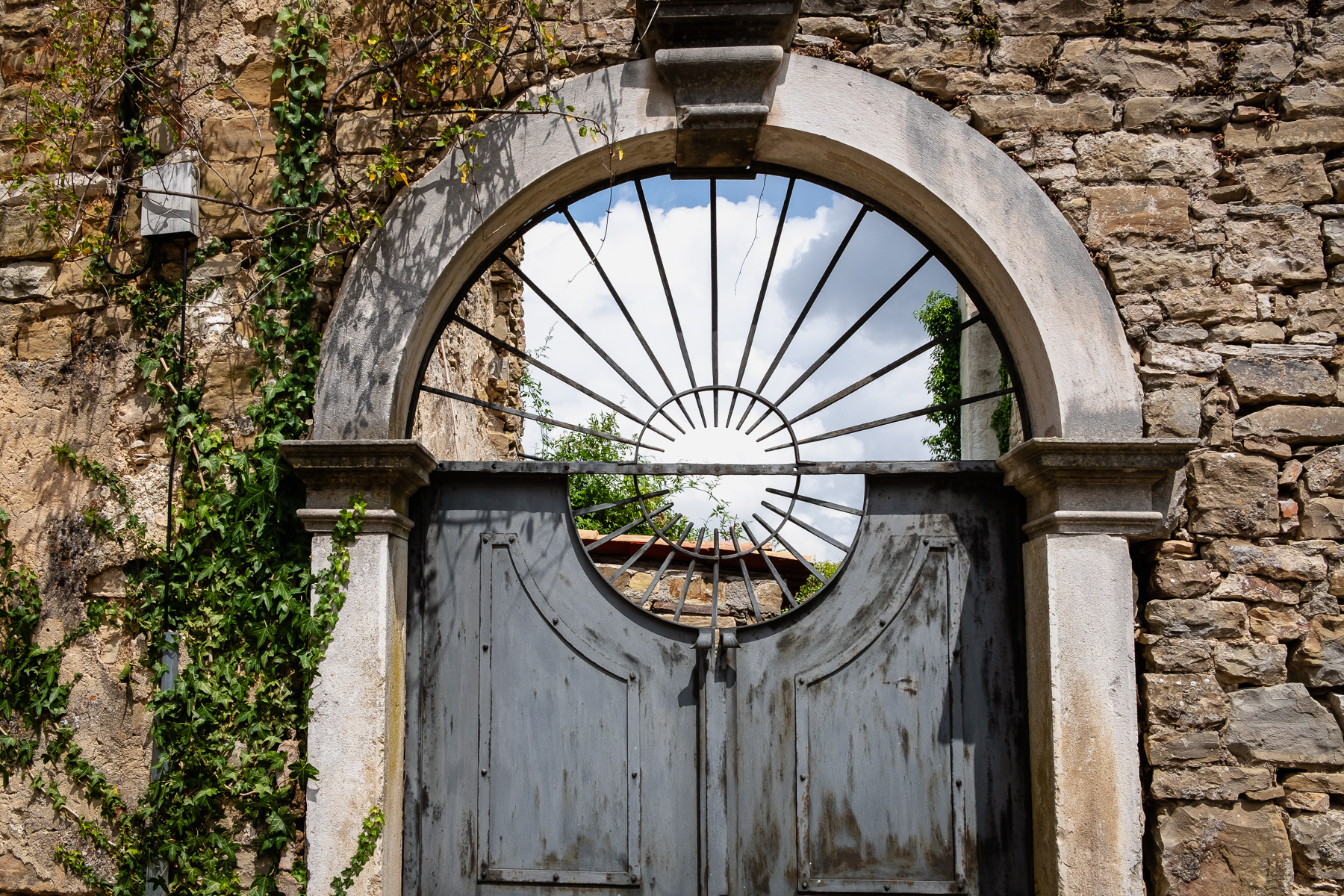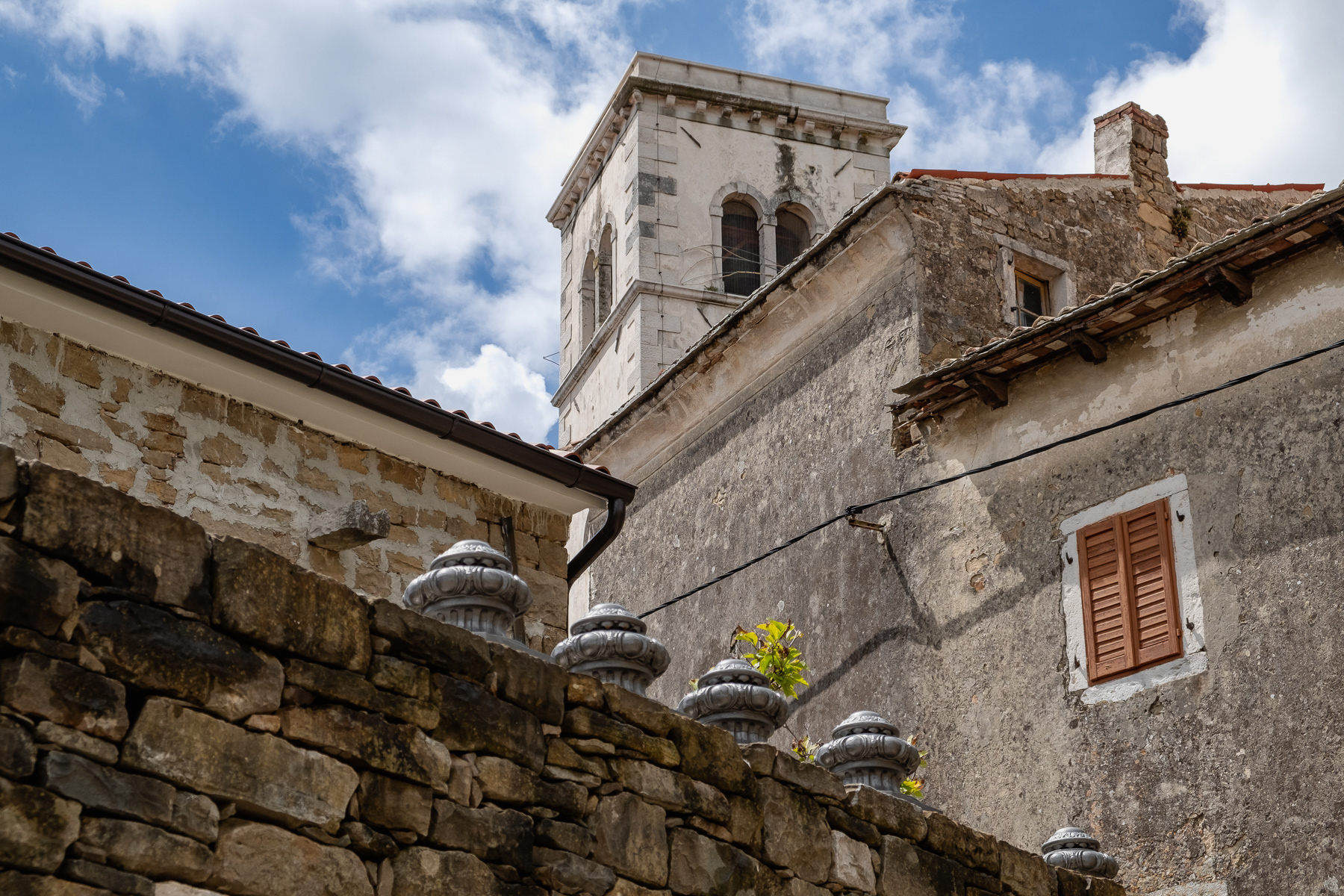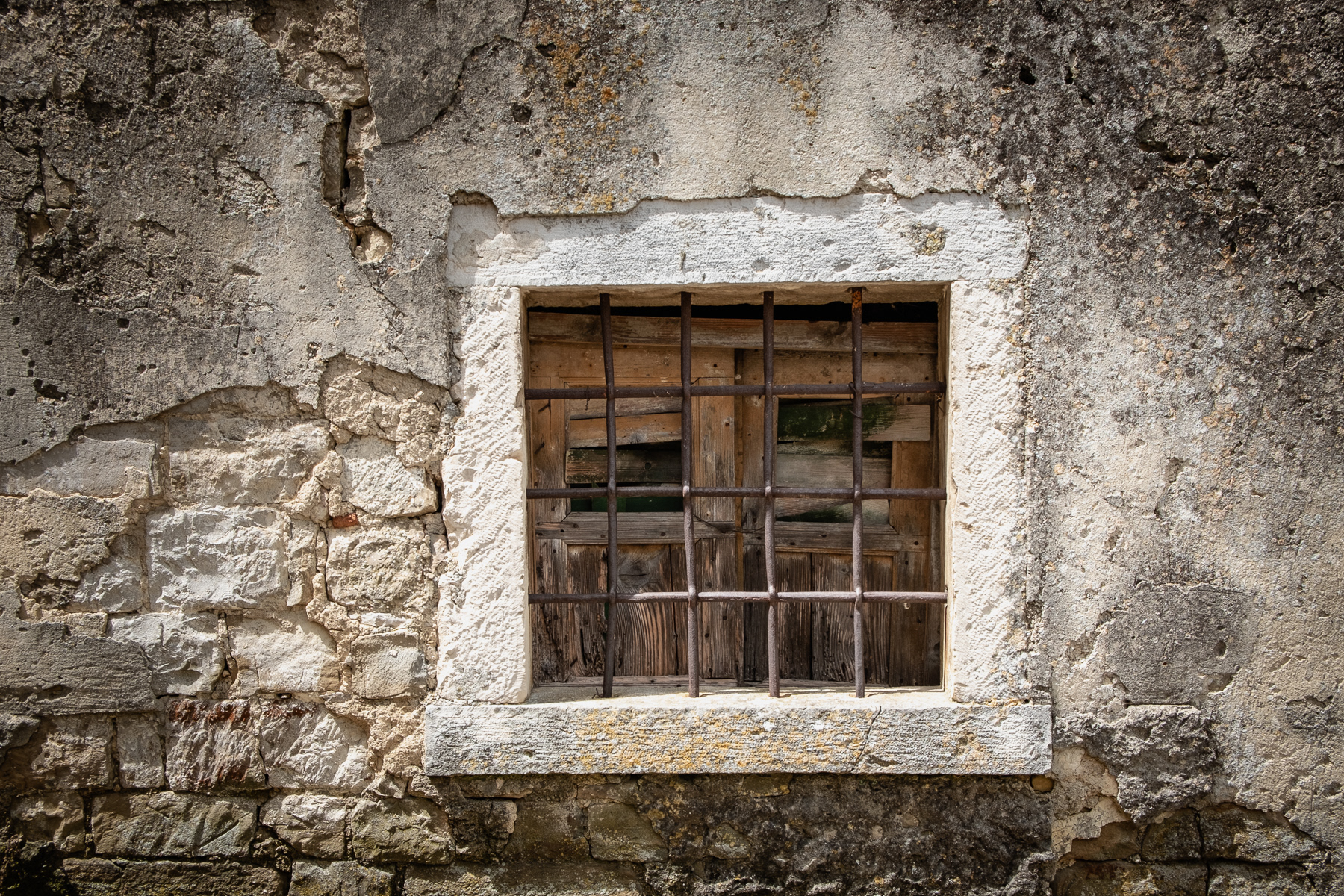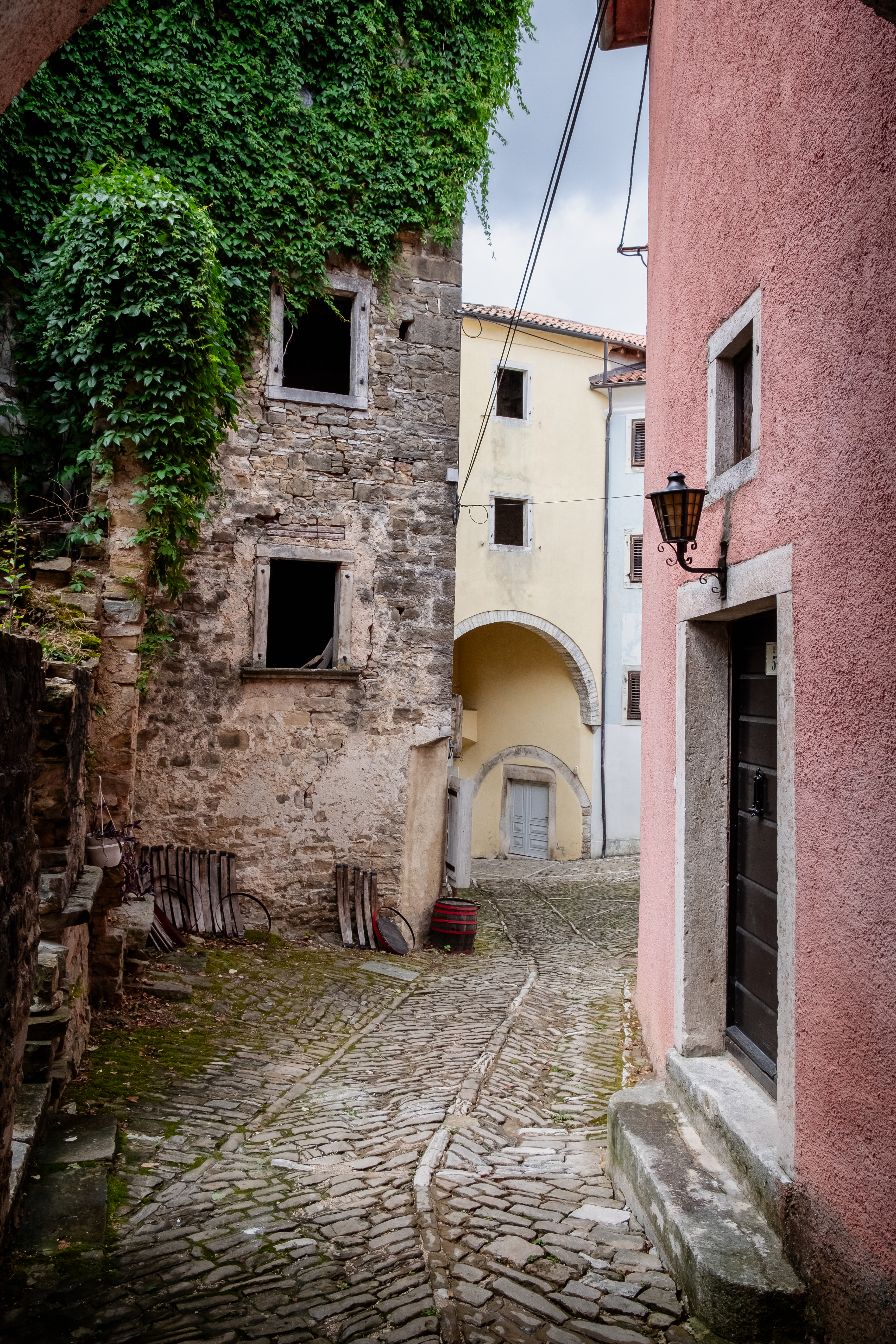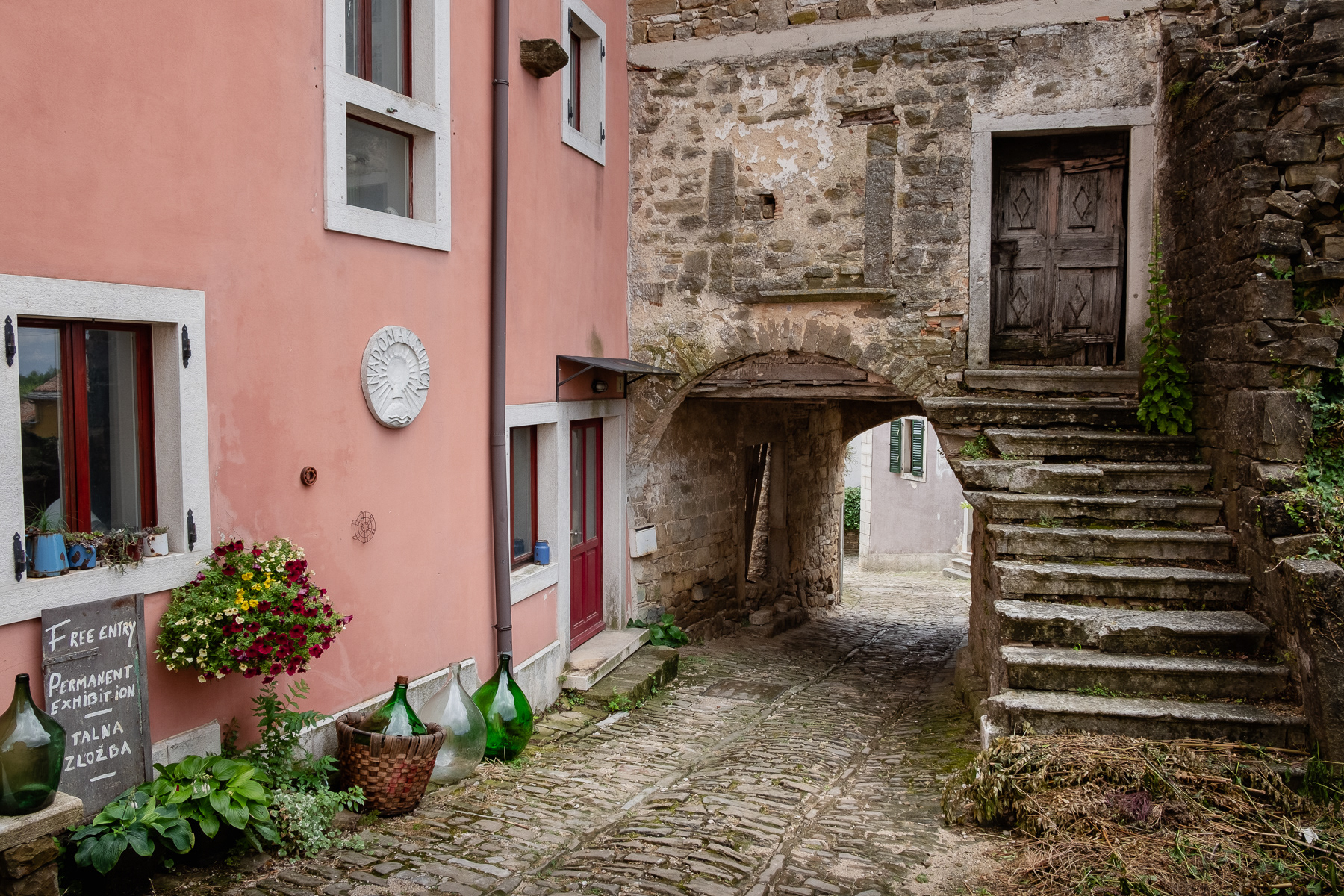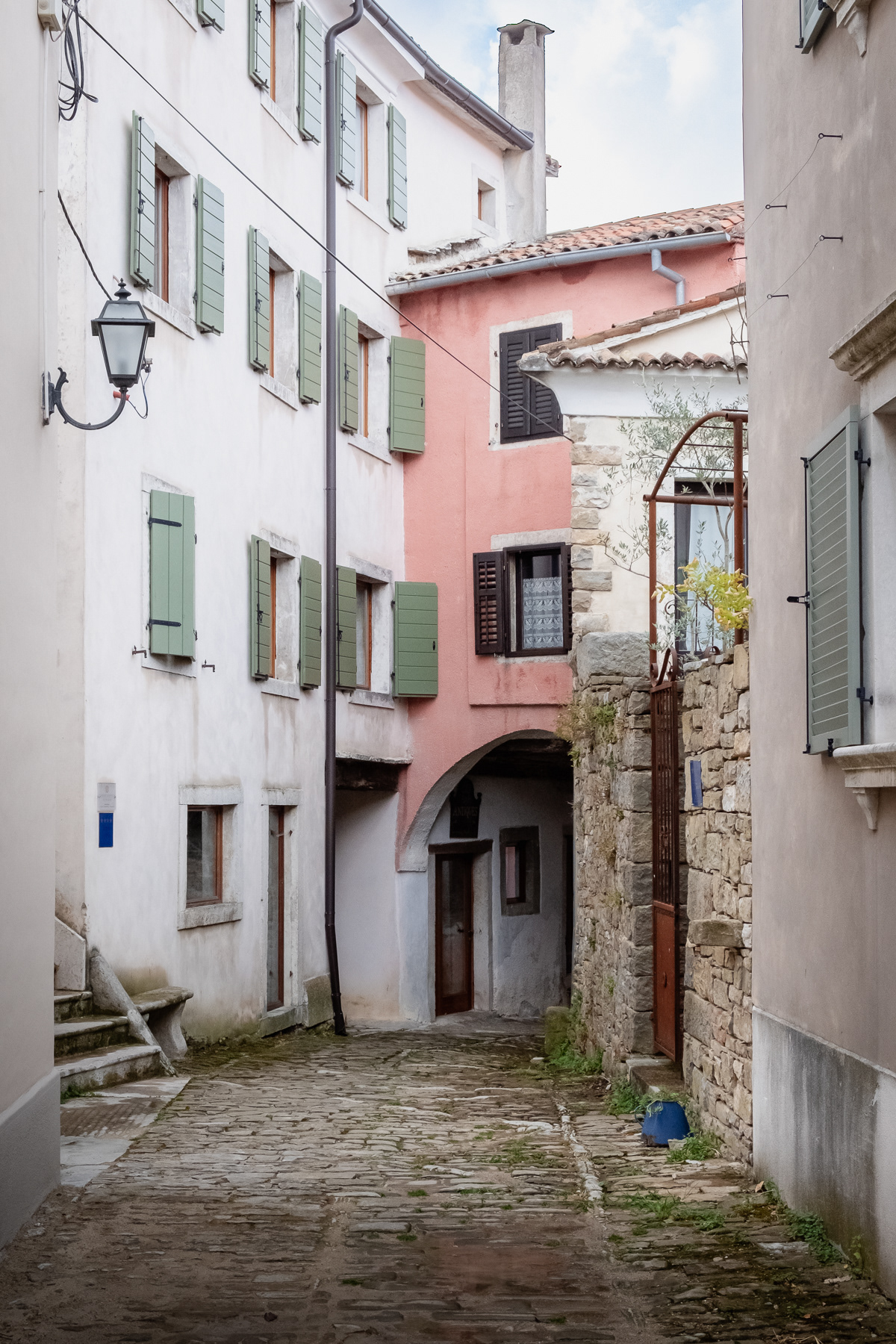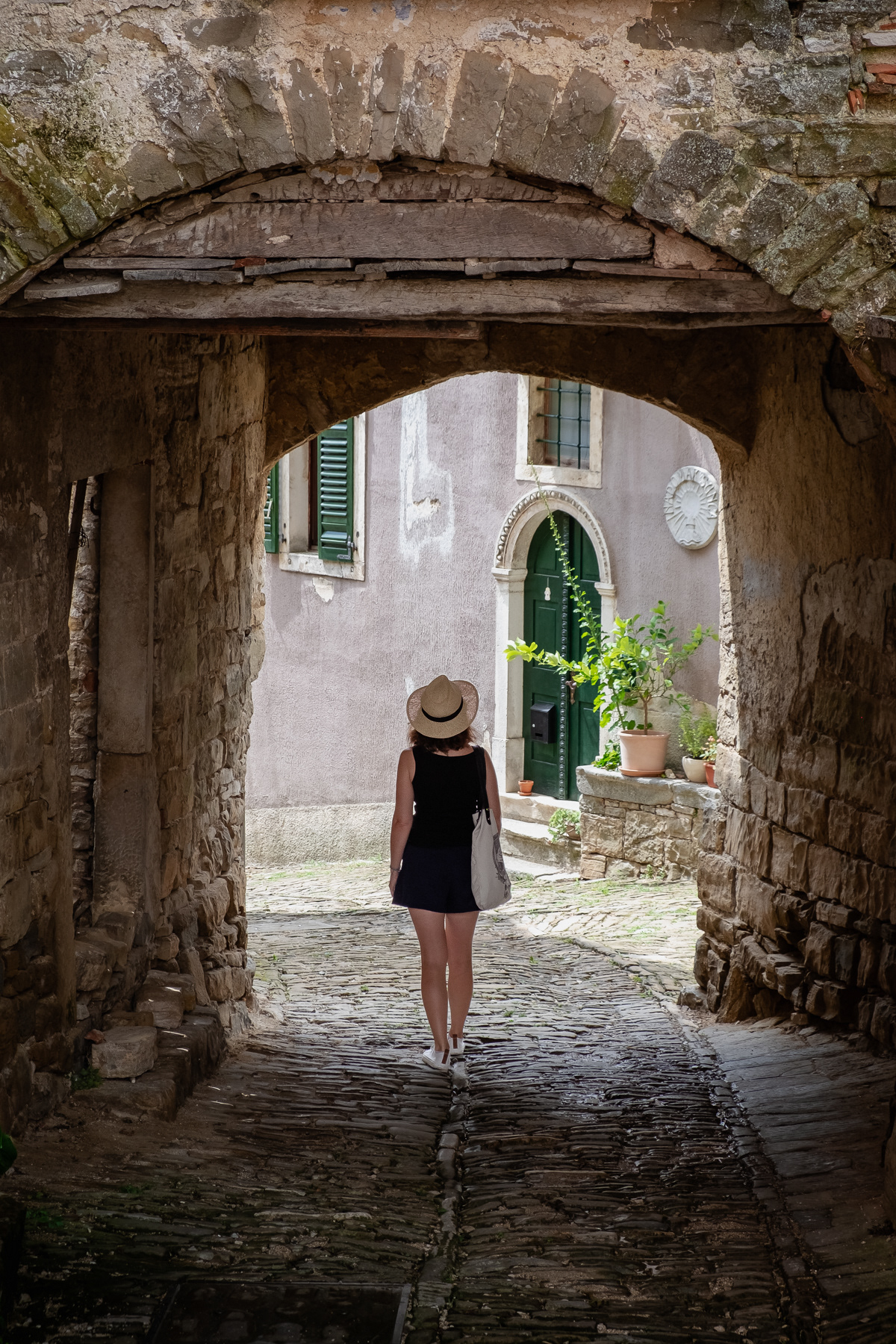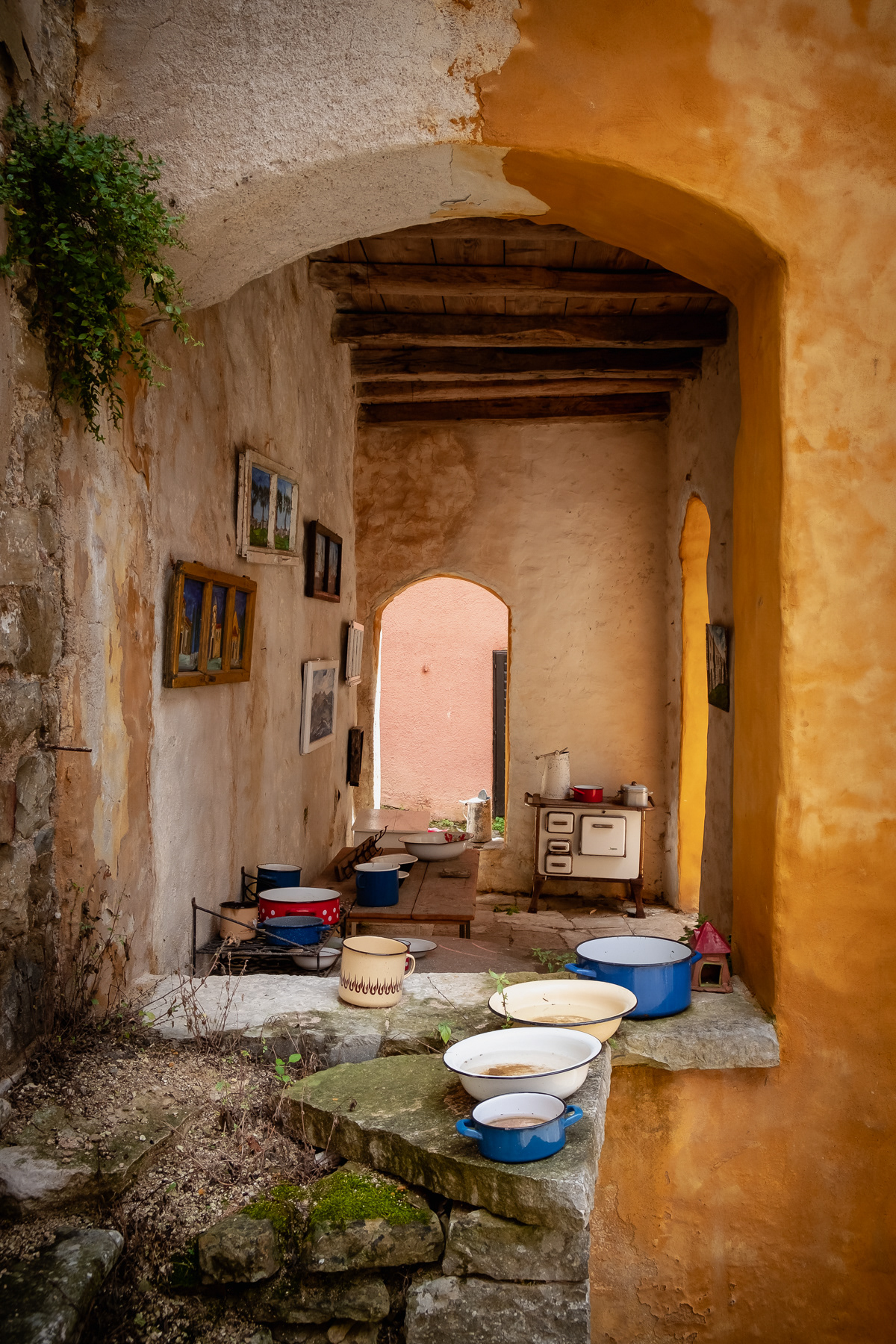Once part of the Venice Republic, now probably the most romantic spot on the Adriatic coast. Rovinj is a place where one month in the year thousands dance until the sun rises. The pearl of Istria, also outside dancing hours.
As the largest peninsula at the Adriatic coast Istria is very much a land by its own. The Venetian Republic took control of it in the 9th Century, and as Italy remains close the area is very much bilingual and has a different vibe than other parts of Croatia. Although, officially three quarters of the Istrian population is Croat, and only 5% Italians remain, according to the authorities' data of 2021.
During my first ever visit to Istria in 2018 I stayed only in Rovinj, as I danced until the sun started to rise. I came back twice, in 2019 and 2021. Istria also has a Slovenian part, which I will later give space it the still upcoming Slovenia album.
The photos in this collection will also grow, as I still process old material. So do come back and check Rovinj and Istria once again.
Rovinj / Rovigno
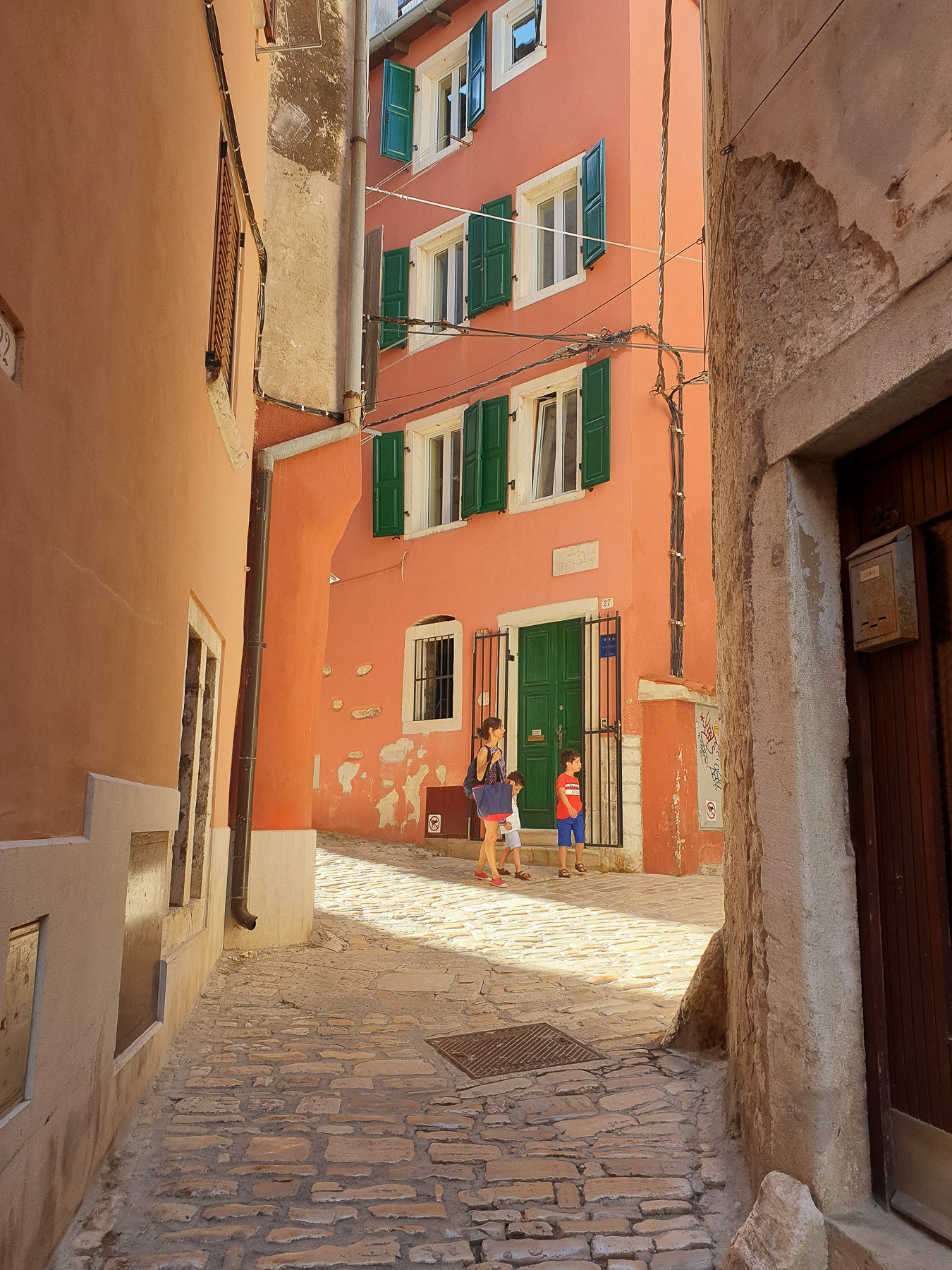
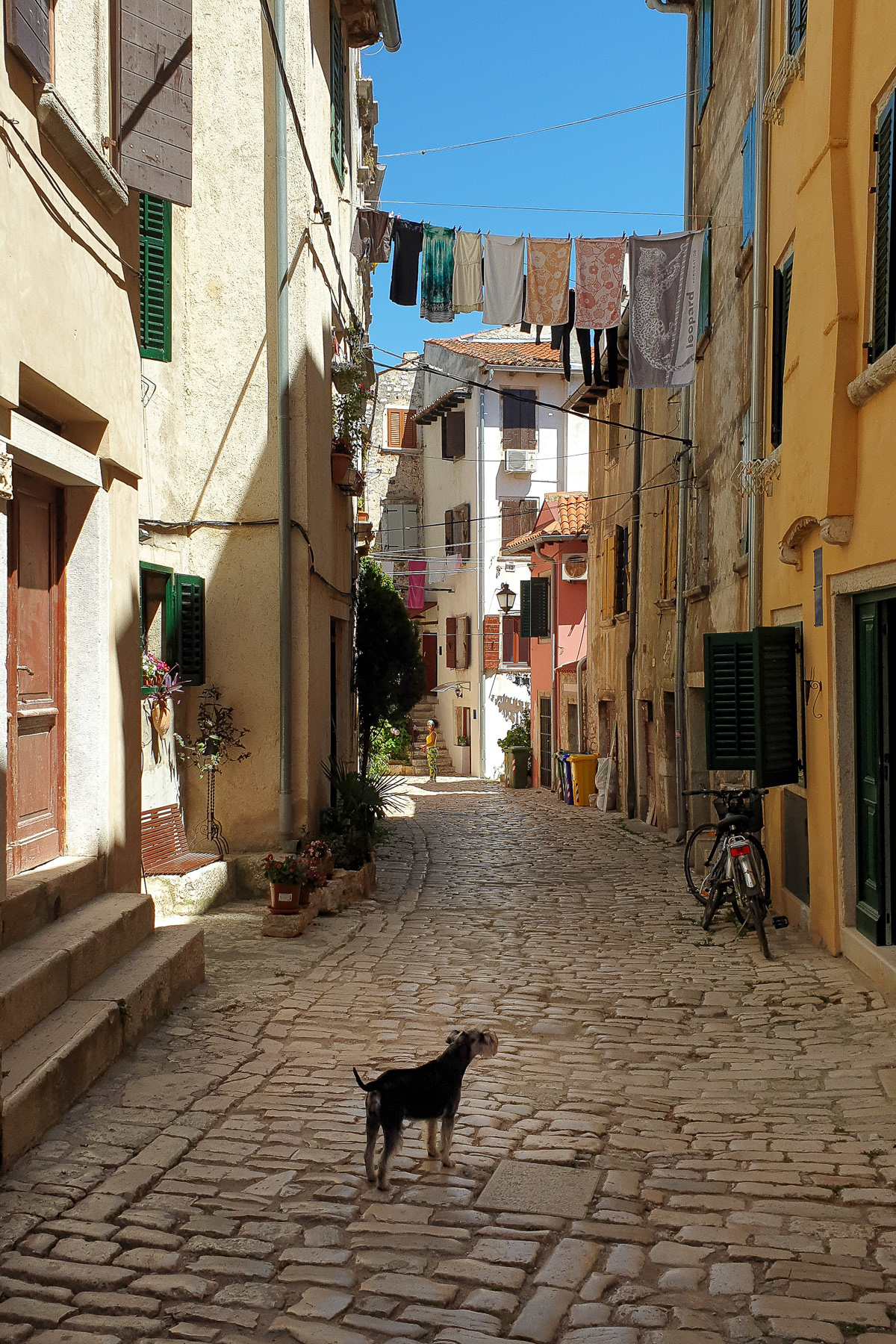
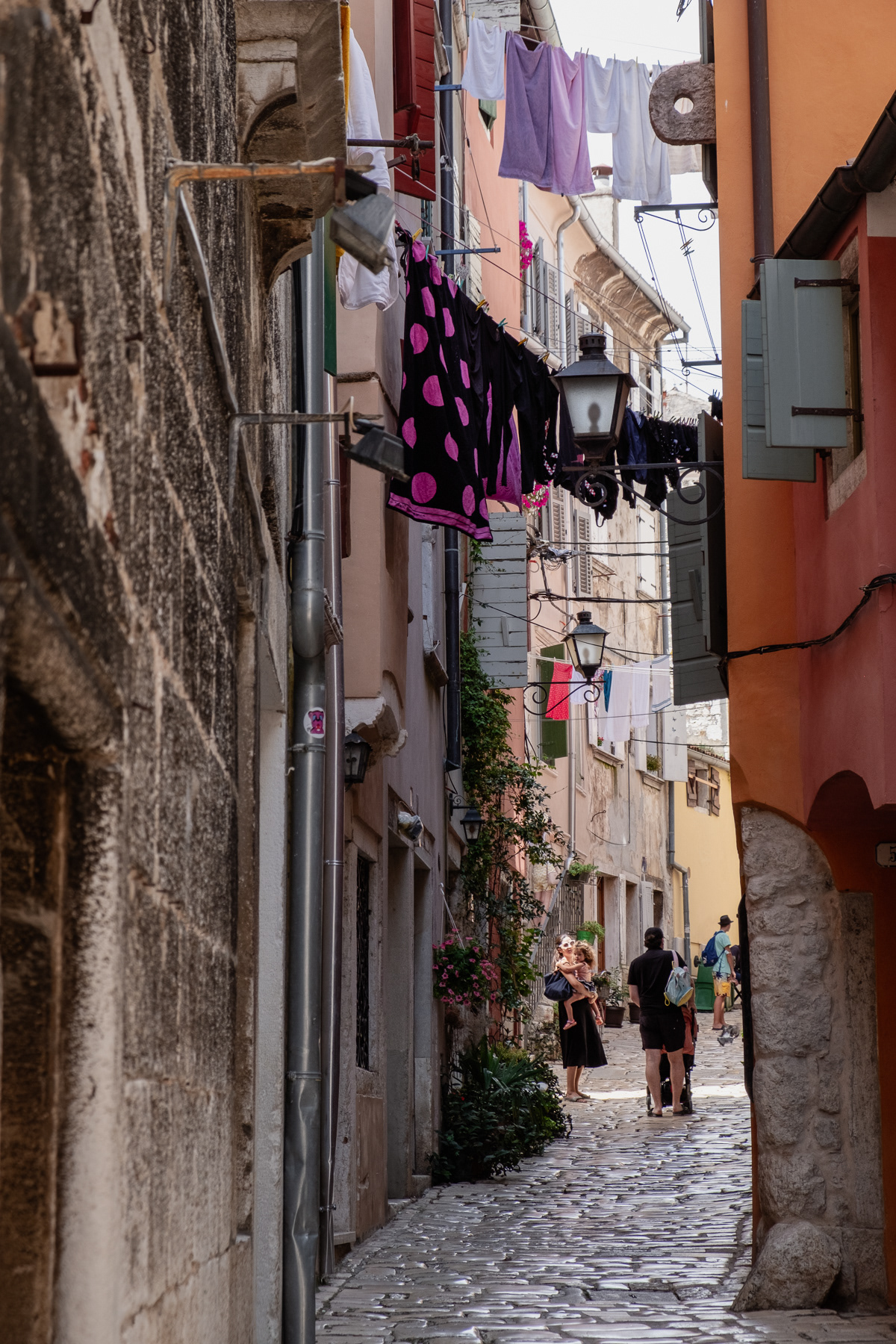
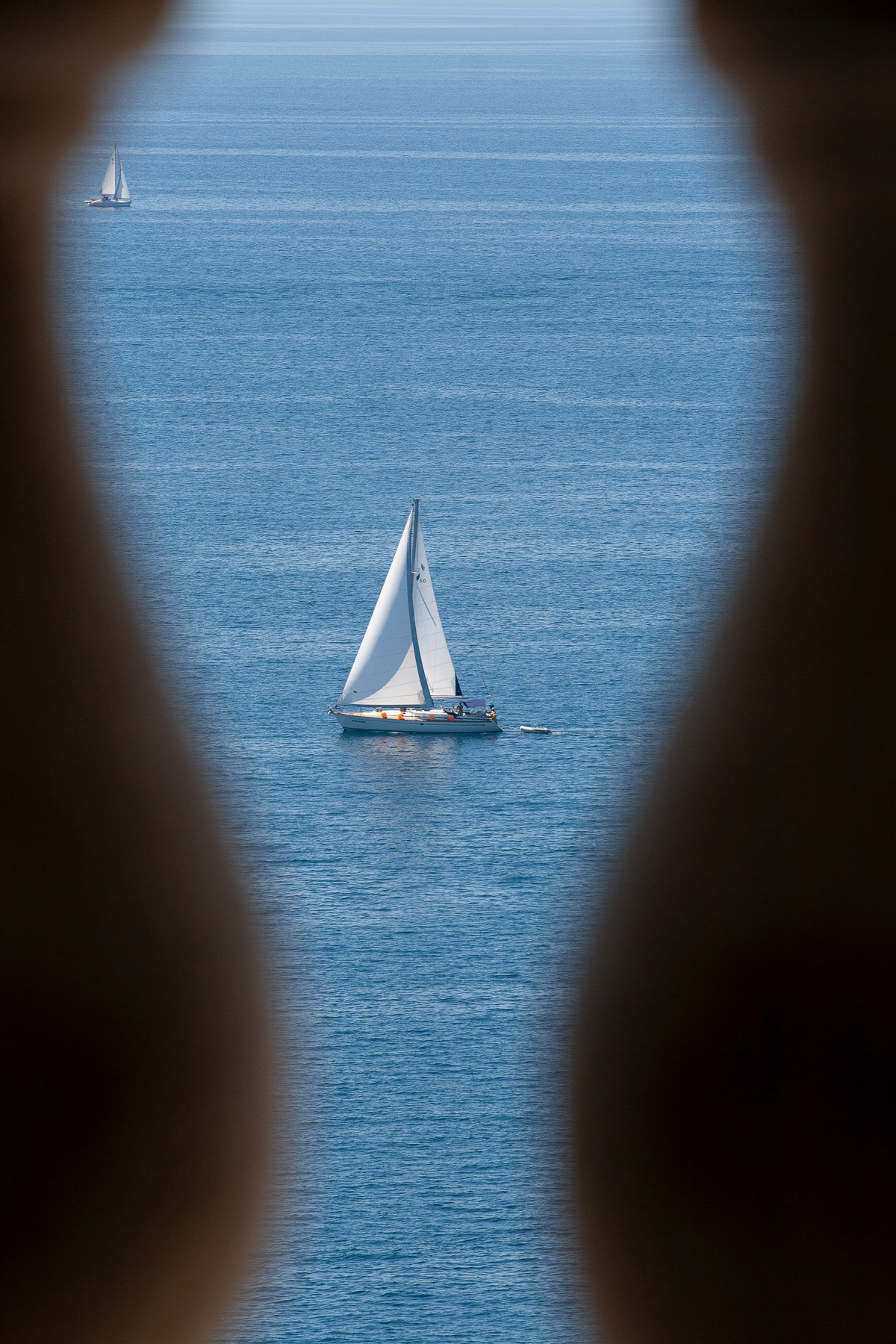
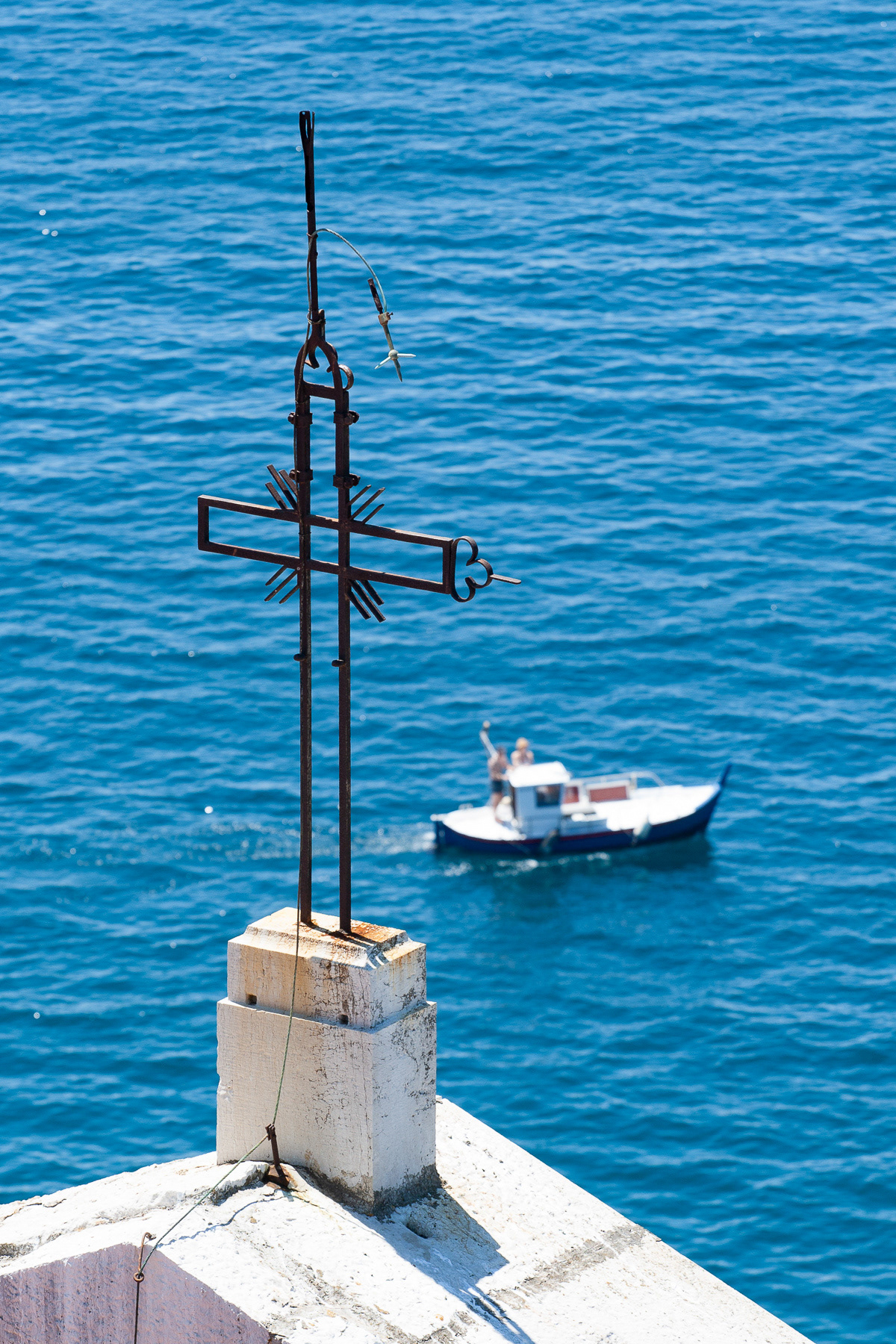
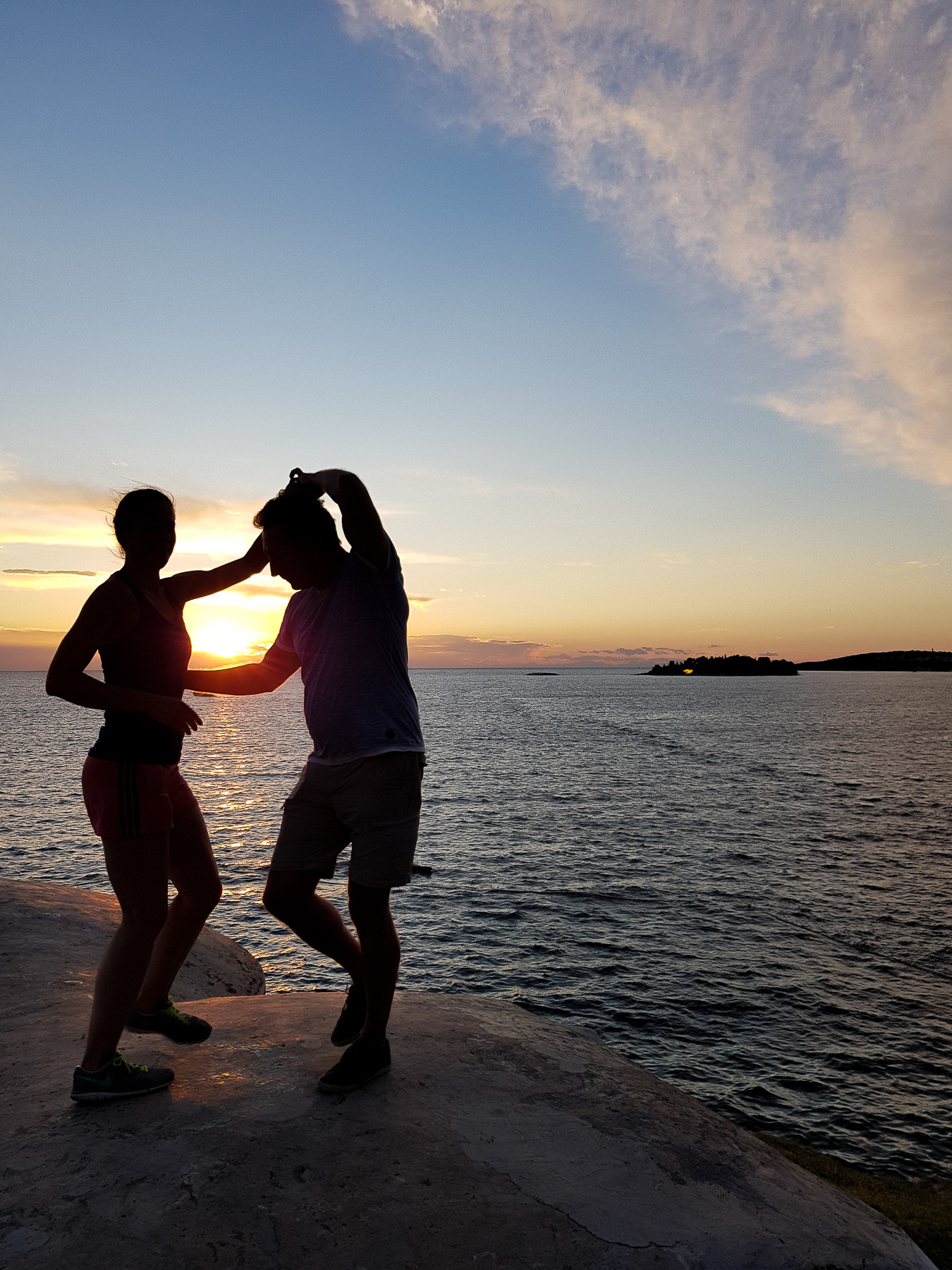
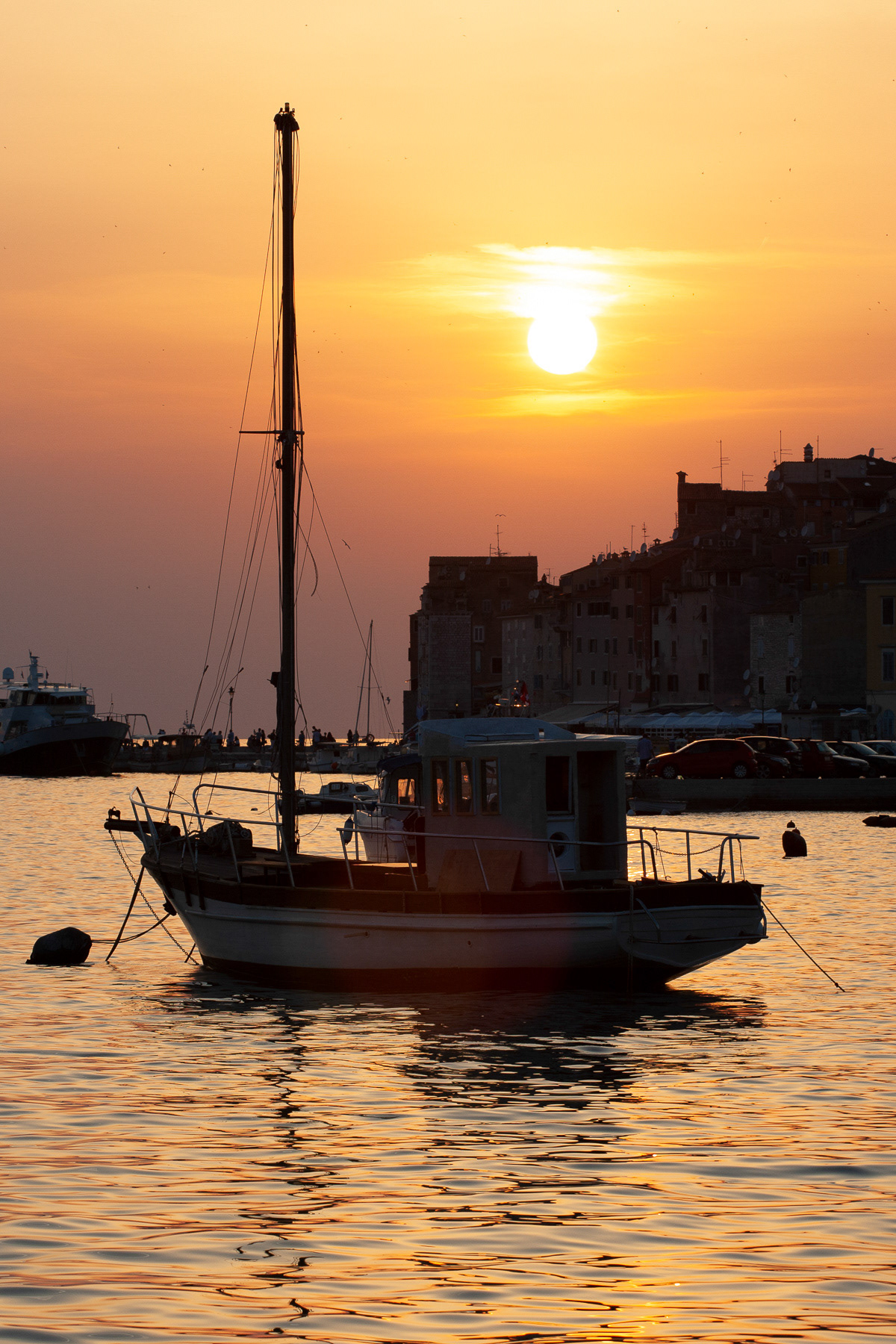
Buzet / Pinguente
With the old town inside city walls only accessible through a stone gate, Buzet is a cute Croatian stop-over just south of the border with Slovenia. The fields at the foot of the hill are apparently famous for its truffles.
Umag / Umago
Umag may not be as charming as Rovinj, but as the first Istrian coastal town south of the Slovenian border it is a popular summer destination for many. And, in sunset a lot of places - especially with at the waterfront - look extra magical.
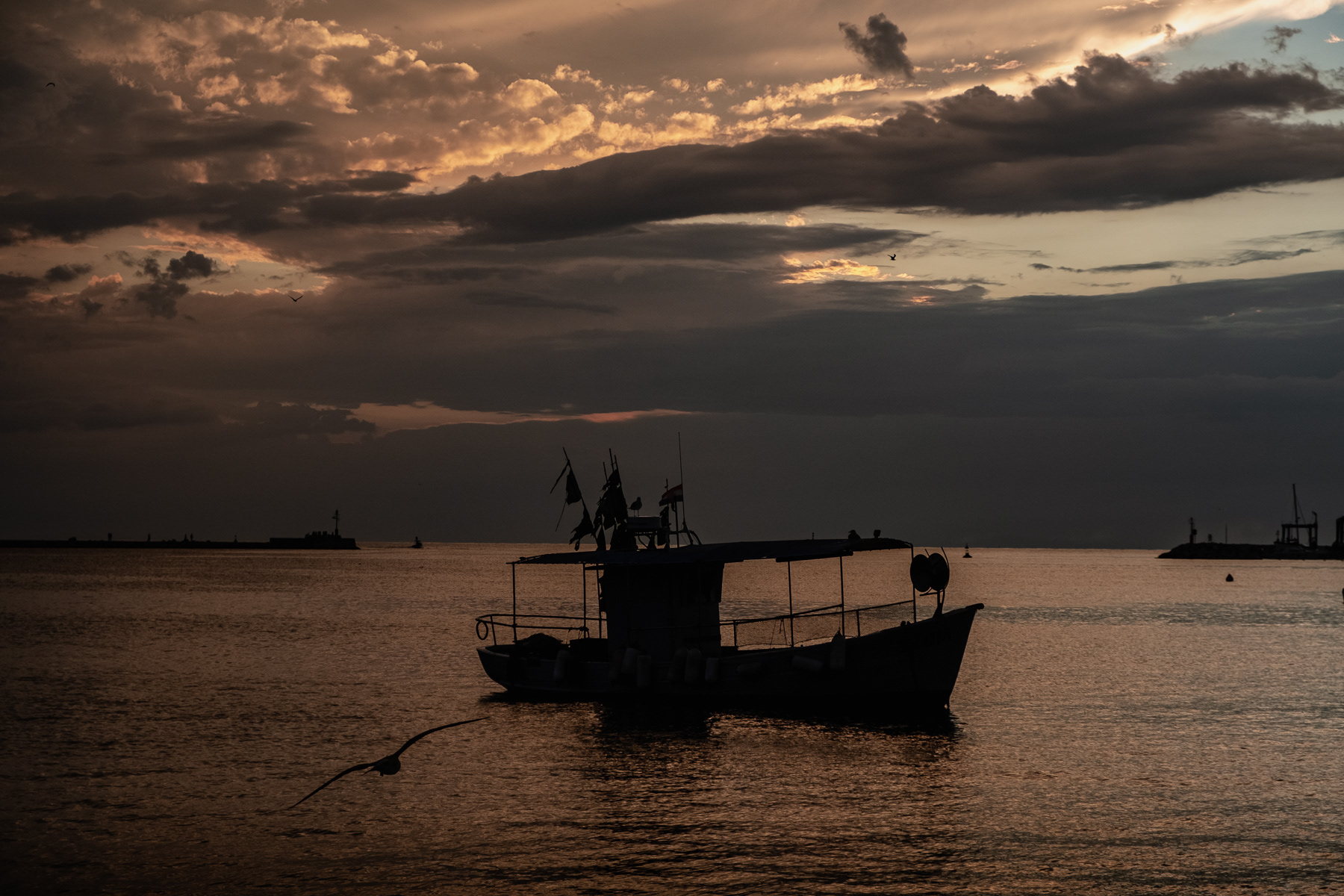
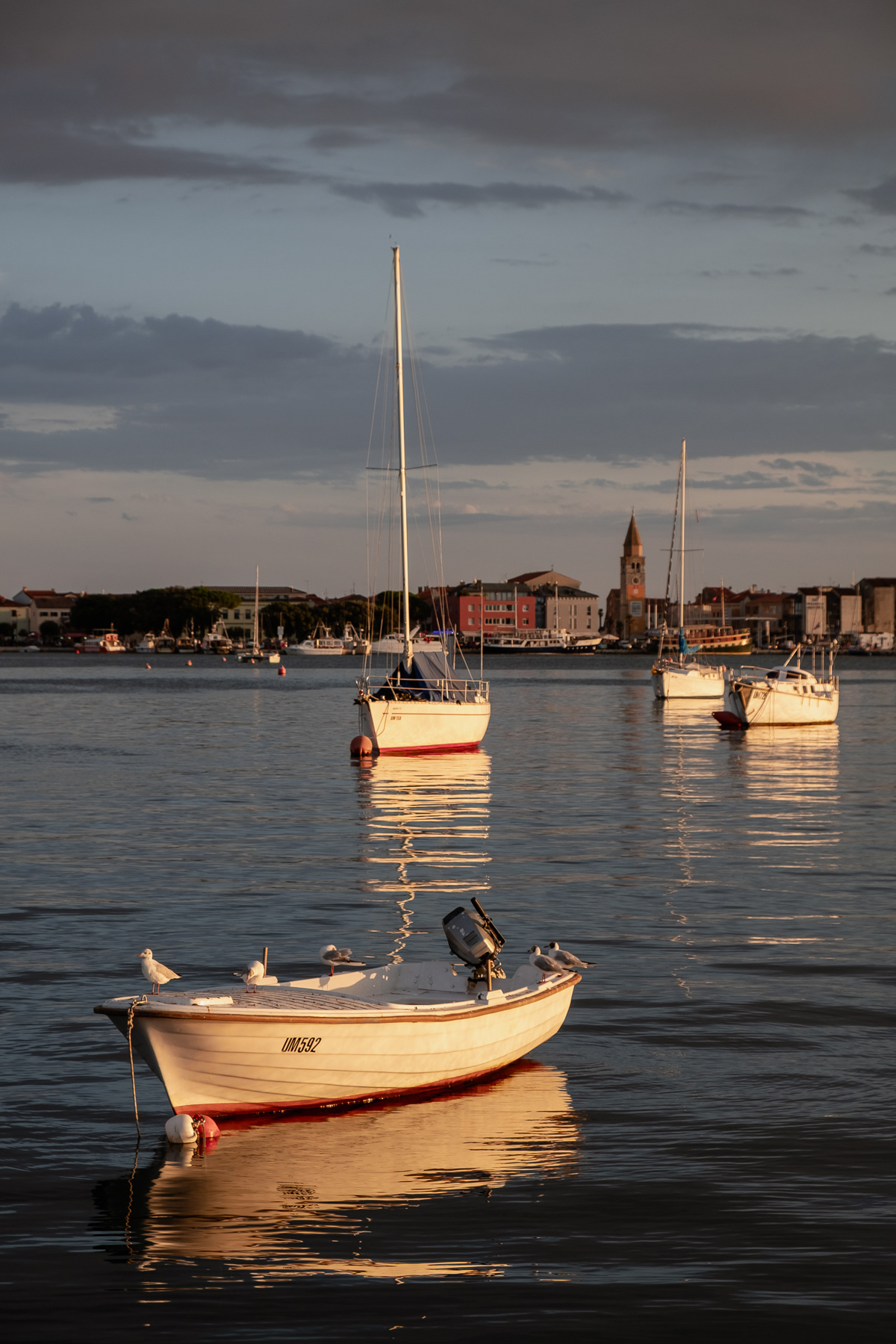
Galižana / Gallesano
A surprising village to drive through, just north of Pula, is Galižana. The settlement of about 1,600 souls was even in Roman times a place to come through - as it was an intersection of Istrian peninsula roads.
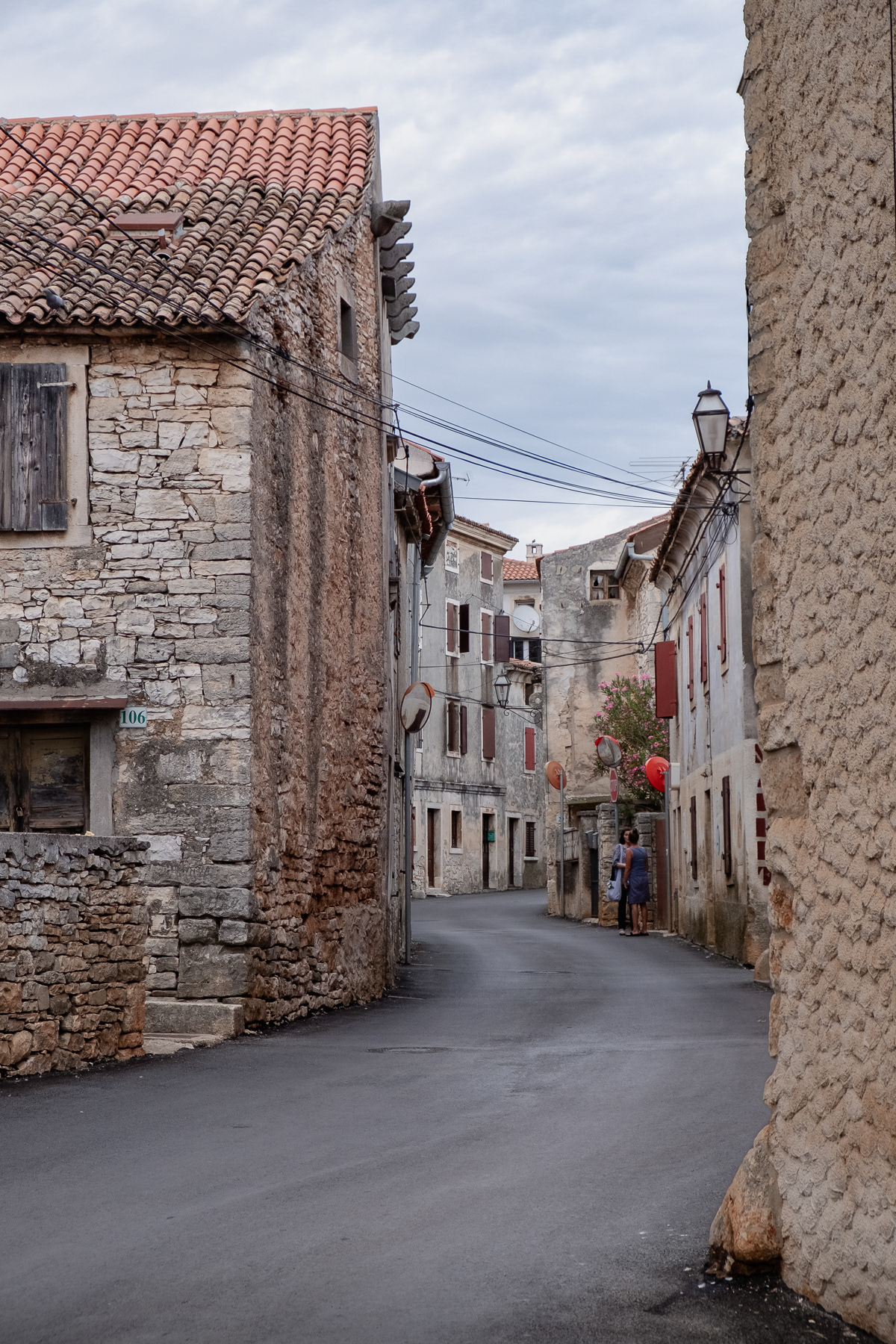
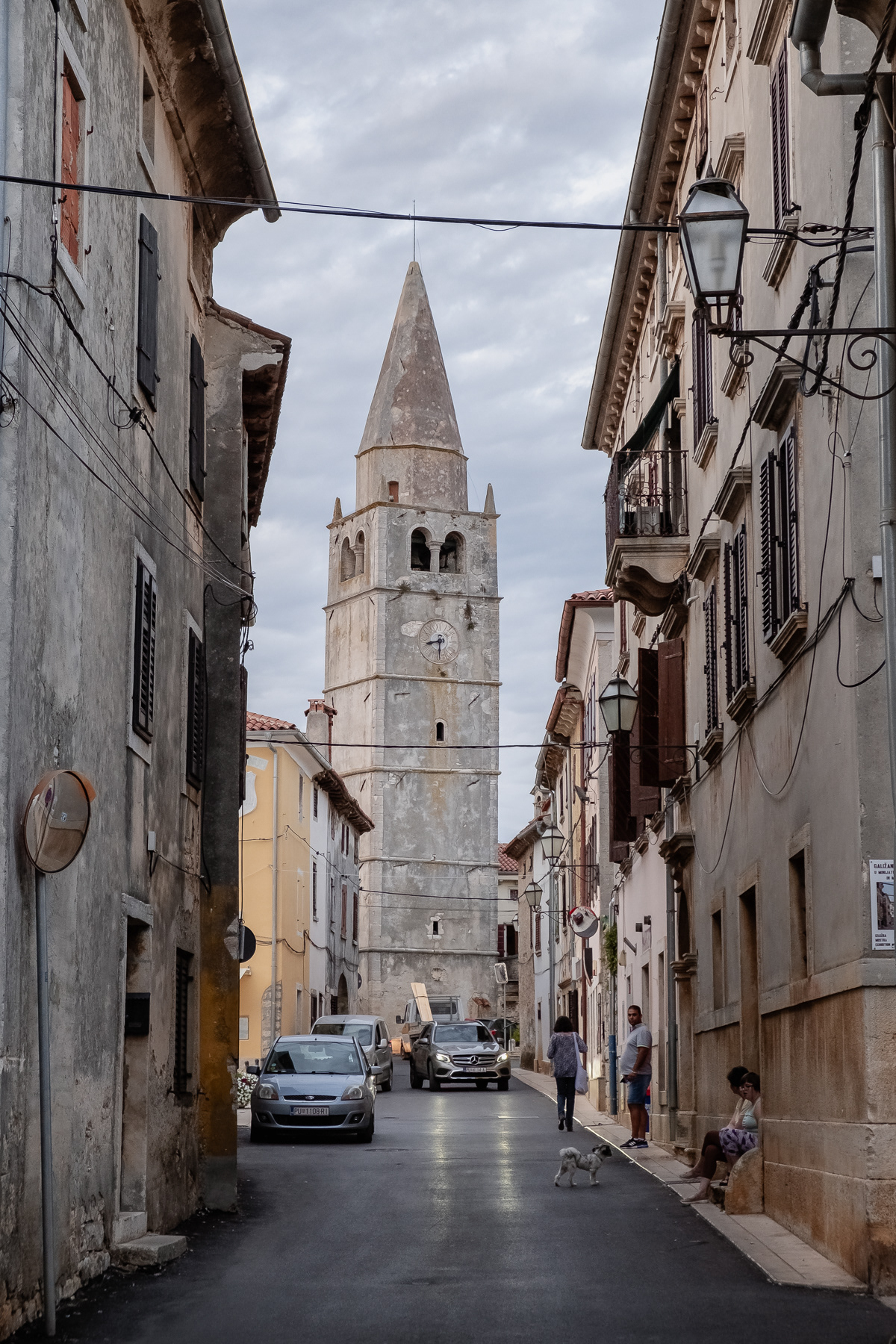
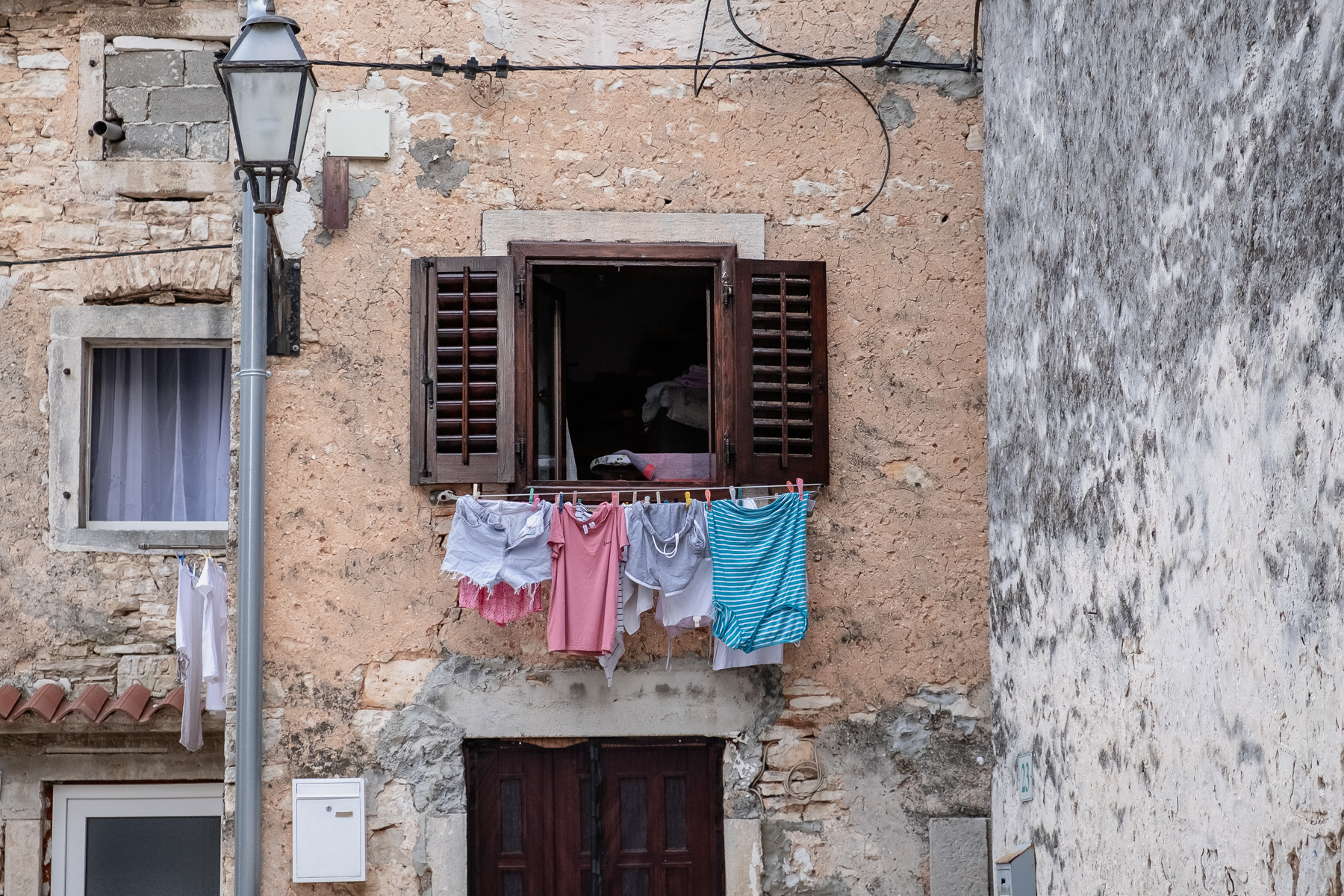
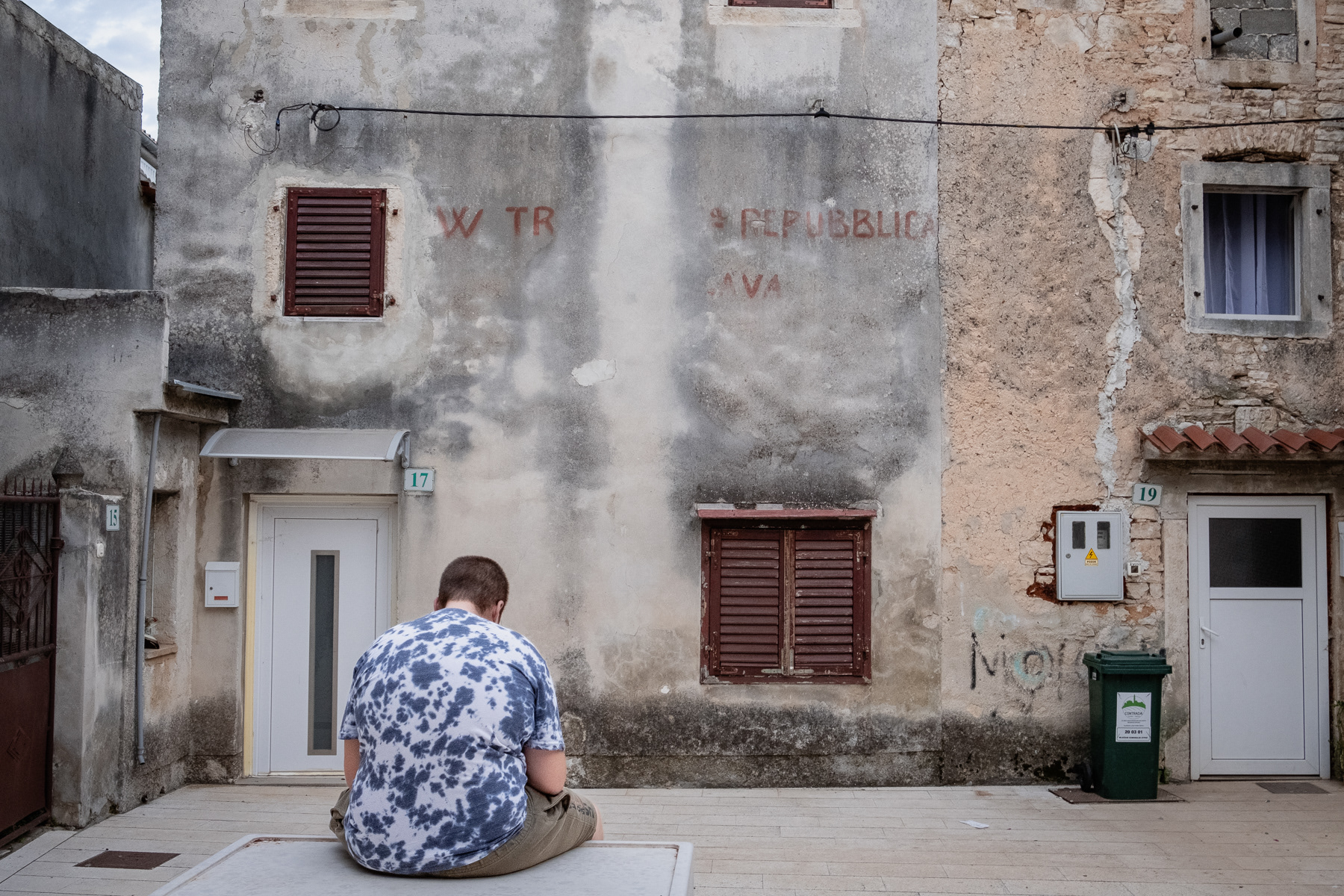
Pula / Pola
The main highlight of Pula, the largest city on Istria and the 7th largest urban area of Croatia, is its amphitheater: the Pula Arena is Croatia's own "Colosseum" built by the Romans between the year 27 before and the year 68 after date.
Oprtalj / Portole
A little gem without almost any inhabitants, and it shows. That is Oprtalj, on an inland hilltop in the central northern part of the Istrian peninsula. According to a recent consensus about 80 people still live amid the ruins of the ones that left. A settlement with an honest face.
